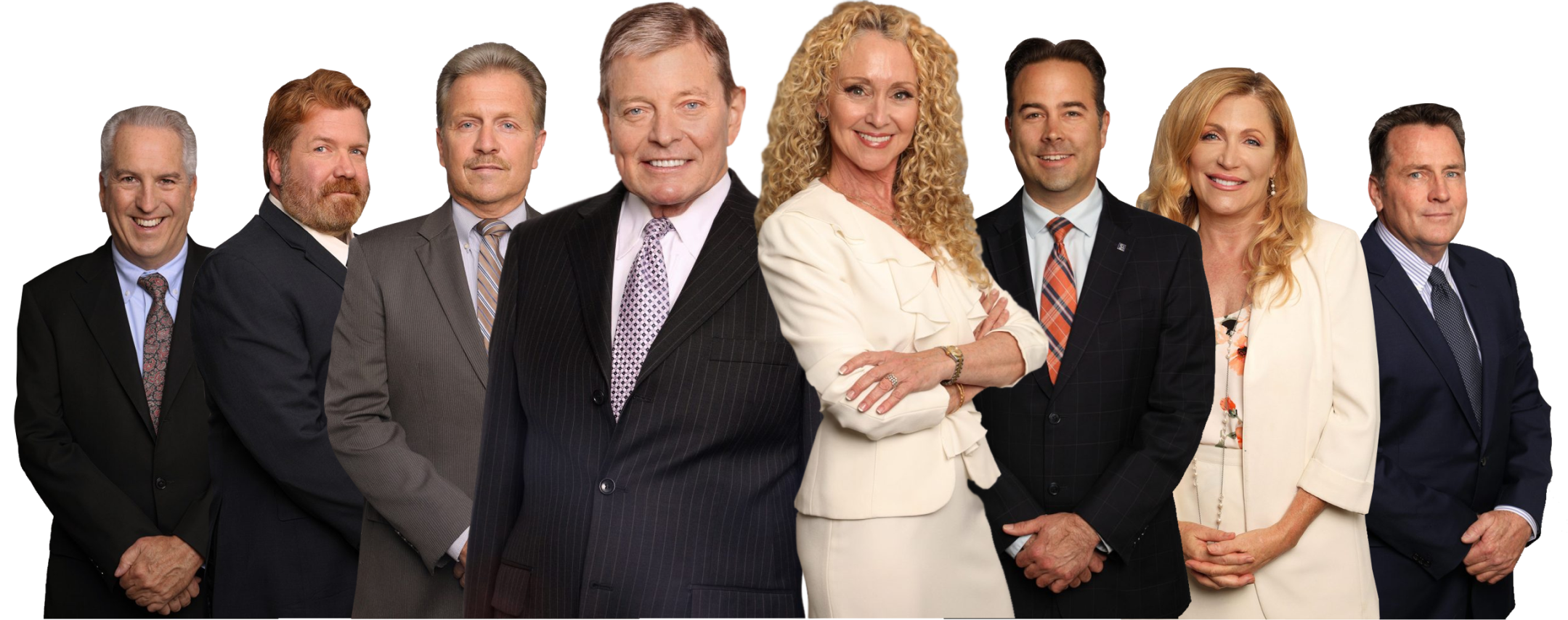Police pursuing a suspect in the City of Gardena, employed a PIT (Pursuit Intervention Technique) to the left rear of the suspect’s pickup truck causing it to spin into a streetlight pole. Truck passenger, Mark Gamar, died from injuries he sustained in the crash. Gamar’s mother, Irma Ramirez, filed a wrongful death suit against the City, claiming that the officer acted negligently in deploying the PIT maneuver. The City moved for summary judgment on grounds that it was immune under Vehicle Code section 17004.7.
Vehicle Code section 17004.7 provides public agencies employing peace officers immunity from damages for collisions resulting from police chases if – and only if – the agency “adopts and promulgates a written policy on, and provides regular and periodic training on an annual basis for, vehicular pursuits . . . .” The written policy must also include “a requirement that all peace officers of the public agency certify in writing that they have received, read, and understand the policy.”
The sole issue before the Court focused on the language italicized in the quotation above. The Court posed the question: Does this mean it suffices if the policy contains the requirement? Or must the public entity prove not only that it has imposed the requirement, but also that all of the entity’s peace officers complied with it?
In Morgan v. Beaumont Police Dept. (2016) 246 Cal.App.4th 144, 154 (Morgan), the court gave the statute the latter interpretation. It concluded that the language of the section “is unambiguous in its requirement that ‘all peace officers of the public agency certify in writing that they have received, read and understand’ the agency’s vehicle pursuit policy. The plaintiff in this case urged the Supreme to adopt this interpretation.
The Court of Appeal in this case disagreed with Morgan and agreed with the City that “to obtain immunity, a public agency must require its peace officers to certify in writing ‘that they have received, read, and understand’ the agency’s pursuit policy. However, if the agency actually imposes such a requirement, complete compliance with the requirement is not a prerequisite for immunity to apply.
Here, the Supreme Court agreed with the Court of Appeal and noted that the Vehicle Code section “does not say that, for the public agency to obtain immunity, all of its peace officers must have made the certification.” The plain meaning of the language “is that the policy must contain the requirement”, not that every peace officer must meet the requirement.
The Court explained that in 2005, the Legislature sought to improve public safety by encouraging public entities to promulgate a pursuit policy and provide training pursuant to that policy, which in turn, was designed to reduce the number of pursuits and the number and severity of collisions resulting from pursuits. But the Legislature made the adoption of a vehicle pursuit police discretionary, not mandatory. Achieving immunity was the incentive for public entities to adopt the policy and provide the training. The Court remarked that the interpretation urged by the plaintiff, “would make it very difficult for a public entity like the City to achieve immunity, and almost impossible for a large entity employing thousands of peace officers.” Such an interpretation would also greatly reduce the incentive to promulgate the policy and provide the training. Something, the Court doubted, the Legislature intended.
The Court left for another day whether the lack of “meaningful implementation of the pursuit policy indicates that an agency is not satisfying the statute’s requirements”. It is still very important to read and understand your agency’s vehicular pursuit policy.
Robert Rabe is Stone Busailah, LLP’s writs and appeals specialist. His 40 years practicing law include 16 years as a Barrister, Supreme Court of England and Wales, practicing in London, England.







